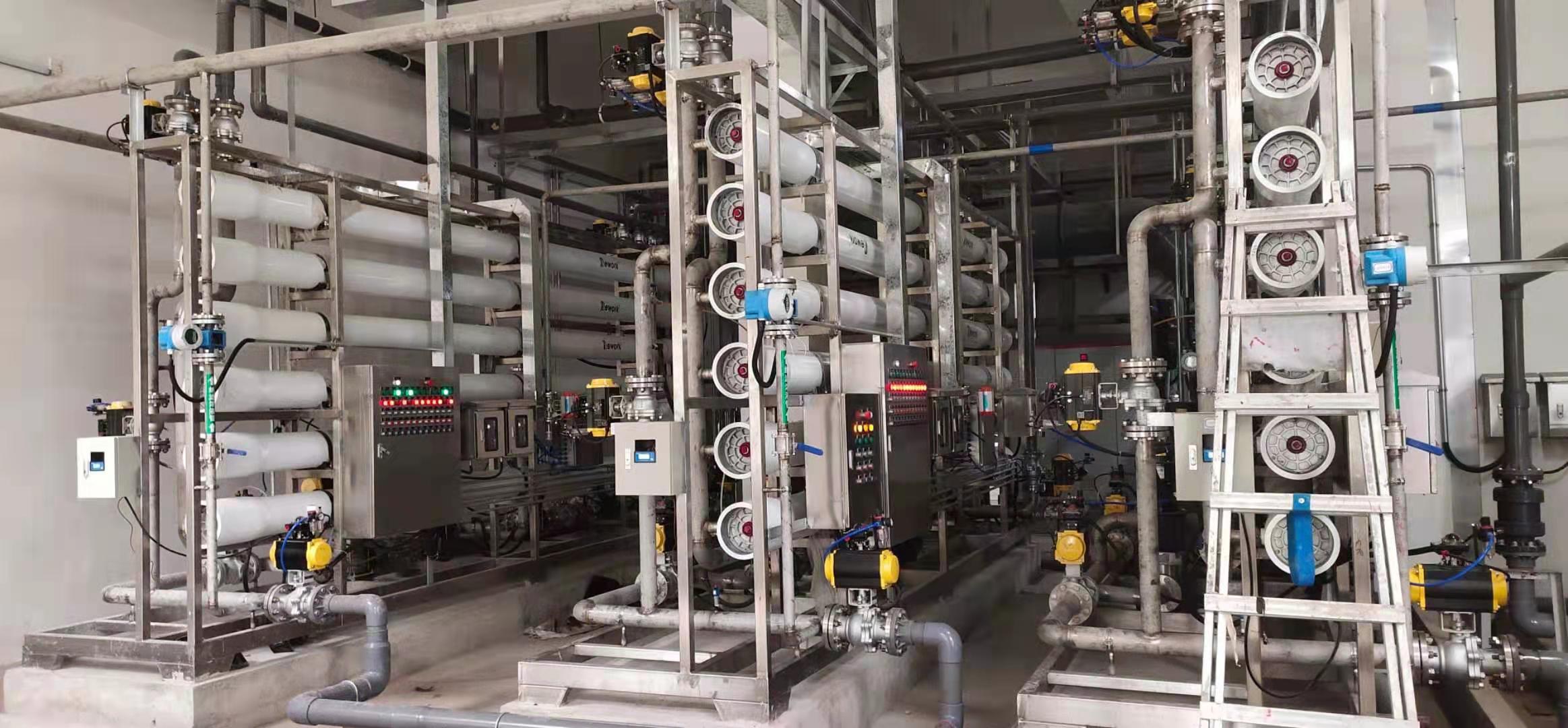Our team of sewage treatment specialists works with all types of sewage treatment plants, and can install systems tailored to your situation. The following are some of the most common installations we come across and carry out
THE MOST COMMON TYPES OF RO SEWAGE TREATMENT PLANTS ARE:
ACTIVATED SLUDGE PROCESS
Activated sludge process (ASP) systems use electricity to blow air into raw, unsettled sewage. This smashes the solids to develop a biological 'soup'. Aeration allows the naturally occurring bacteria in waste to digest any organic content, reducing the overall pollutant level. ASP sewage treatment plants don’t have a primary settlement chamber, which means less frequent emptying and fewer unwanted odours.
Once the sewage has been aerated for long enough, excess liquid is discharged into a clarification chamber, where live bacteria settle to the bottom. Dead bacteria rise to the top, leaving clean water in the middle – which can then be discharged safely into either a watercourse, drainage field or soakaway.
SUBMERGED AERATION FILTERS
In a submerged aeration filter, a primary settlement chamber holds solid material. This is where anaerobic digestion by bacteria takes place. Clarified water then passes into a second chamber containing a submerged media – and here, the water is treated to remove dissolved constituents by aerobic bacteria, supported by diffused air. This process ensures that full treatment is achieved before the material flows to a final settlement chamber. The final, treated wastewater is discharged to the drainage field, watercourse or soakaway.

